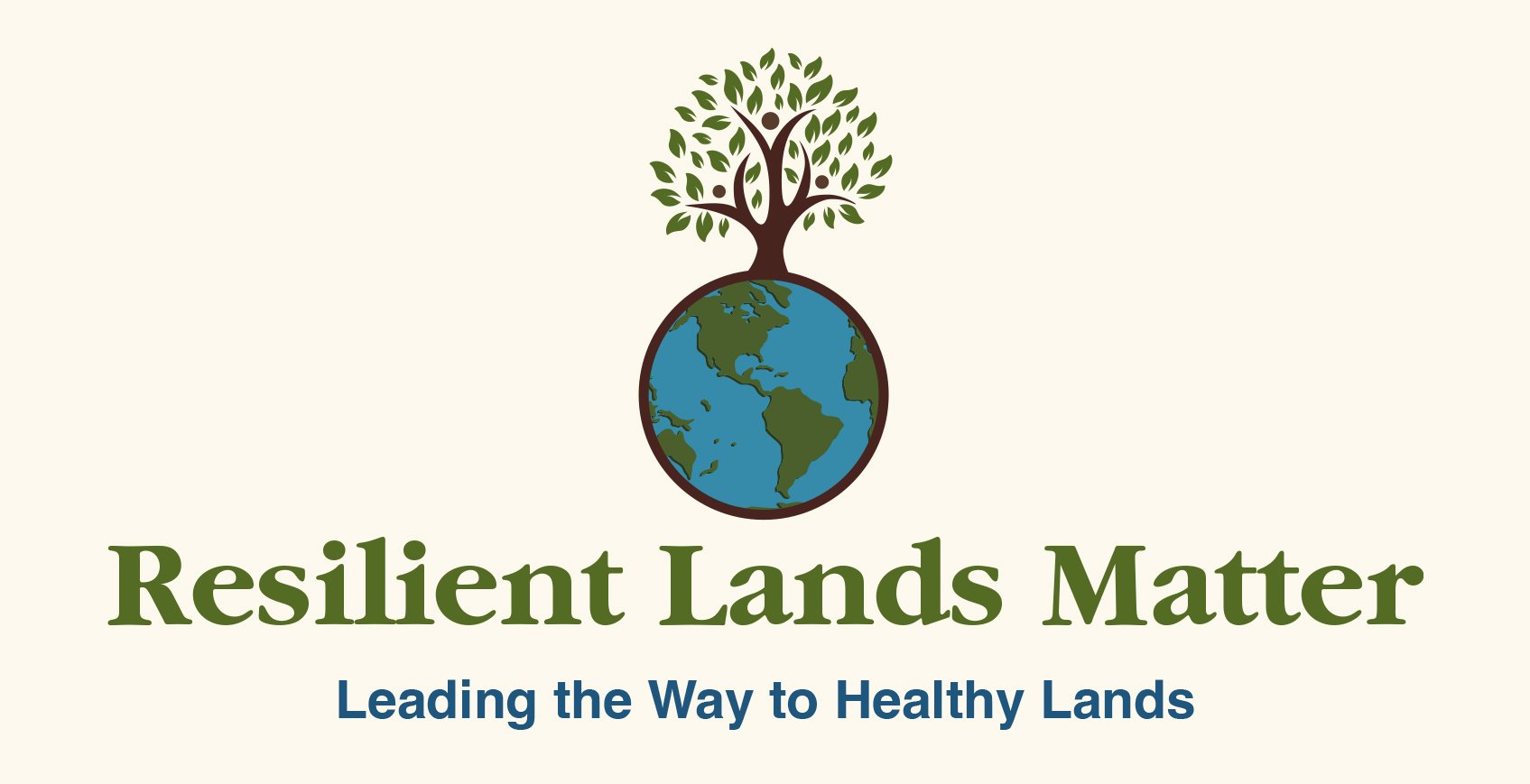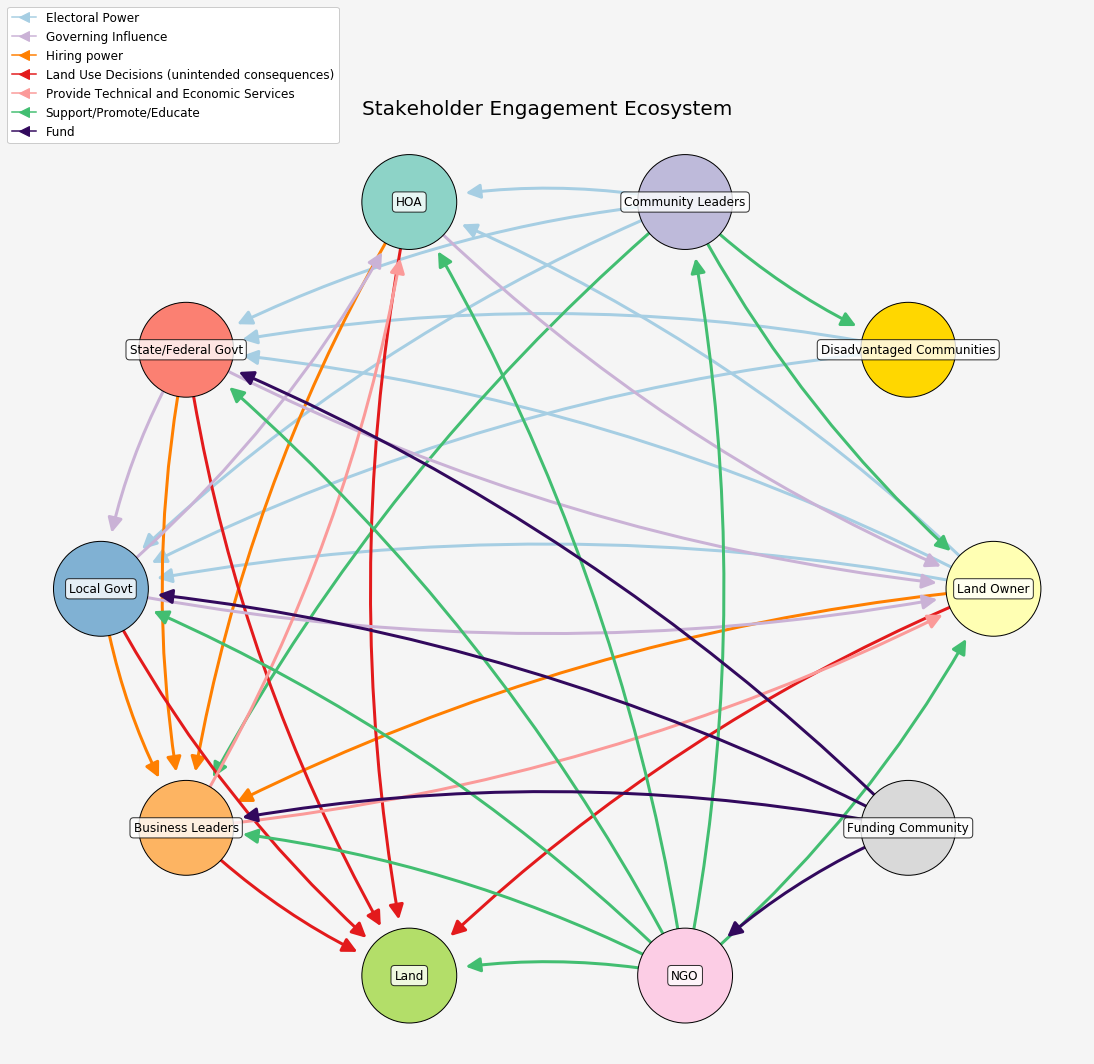Concerns in South Carolina:
Extreme weather patterns becoming the norm
Real property destruction
Citizen deaths
Infrastructure breaches, failures and decimation
Loss of revenues from industry and tourism
Major economic, social and environmental disruption
Massive capital costs for redemption
Racial and economic disparities
Solutions: Customized for Landscapes and Landowners
Focusing on priority landscapes in South Carolina watersheds, there is not a “one size fits all” solution. Instead, we work with landowners to assess opportunities and challenges unique to the landscape and to the landowner. Working with a variety of landowners, from multi-generational family lands, to corporate and public lands, there are a variety of pathways to explore for maximum conservation impact. Landscapes are as dynamic as landowners. We strive to understand the ecosystem of landowner and landscape, to identify viable solutions customized for the specifics of each client. Elements of successful solutions include
Healthy lands with improved ability to respond to changing landscape conditions.
Sustainable and resilient circular economy
Place based solutions
Private sector innovation
Solutions for the cause, not the effects
All stakeholders represented in an inclusive Conservation Capital economy
Initiatives the drive positive impact for each stakeholder but when one “wins” all win
Utilize business and economics as well as philanthropy
Unlock All Capital Flow Choke Points
Create a land value based circular economy that places economic, social, and environmental balance at its core
Conservation as a driver of Economic Development




